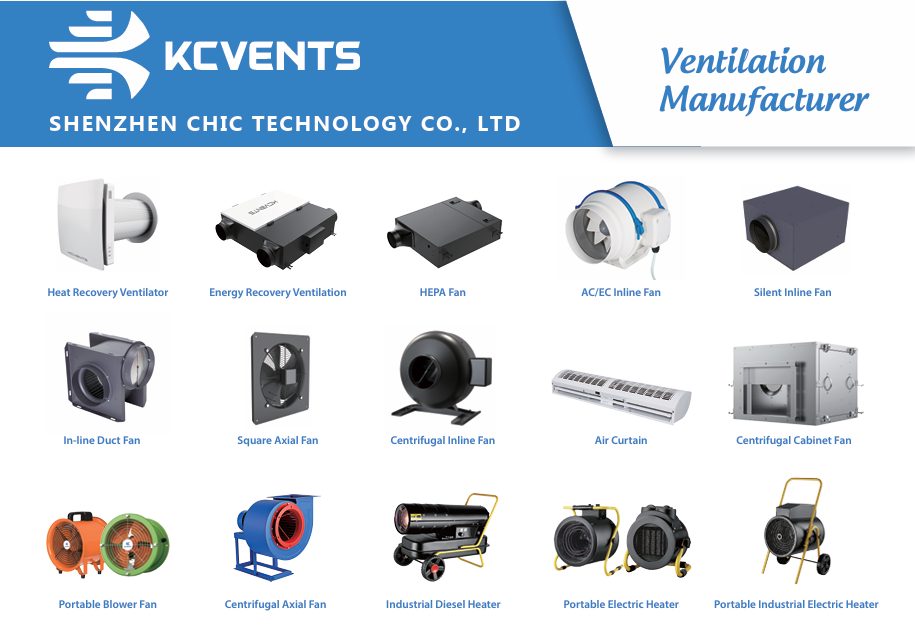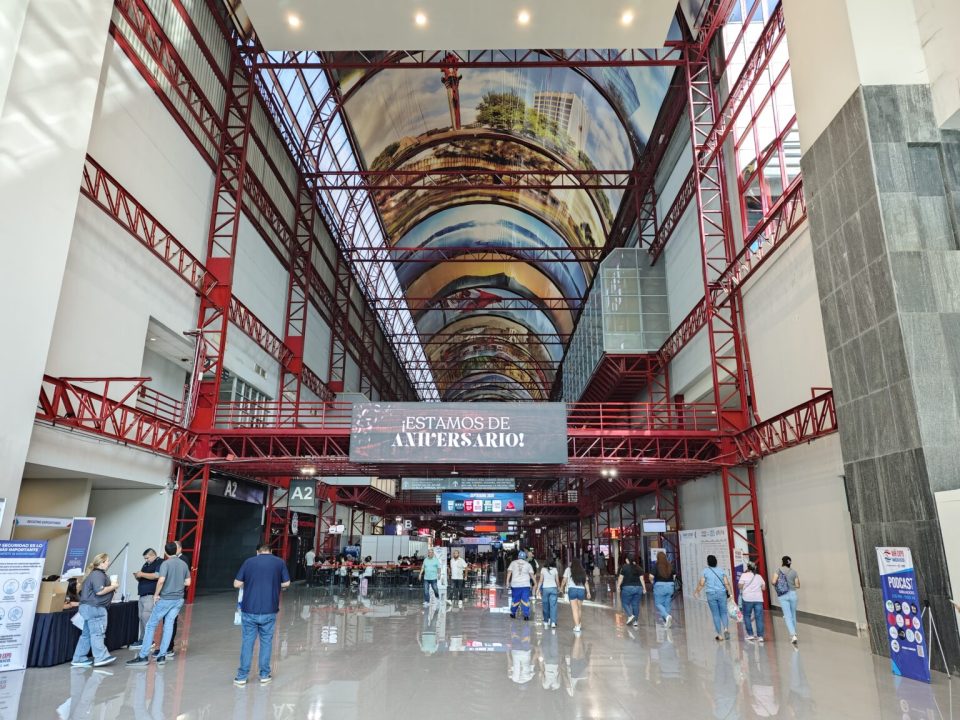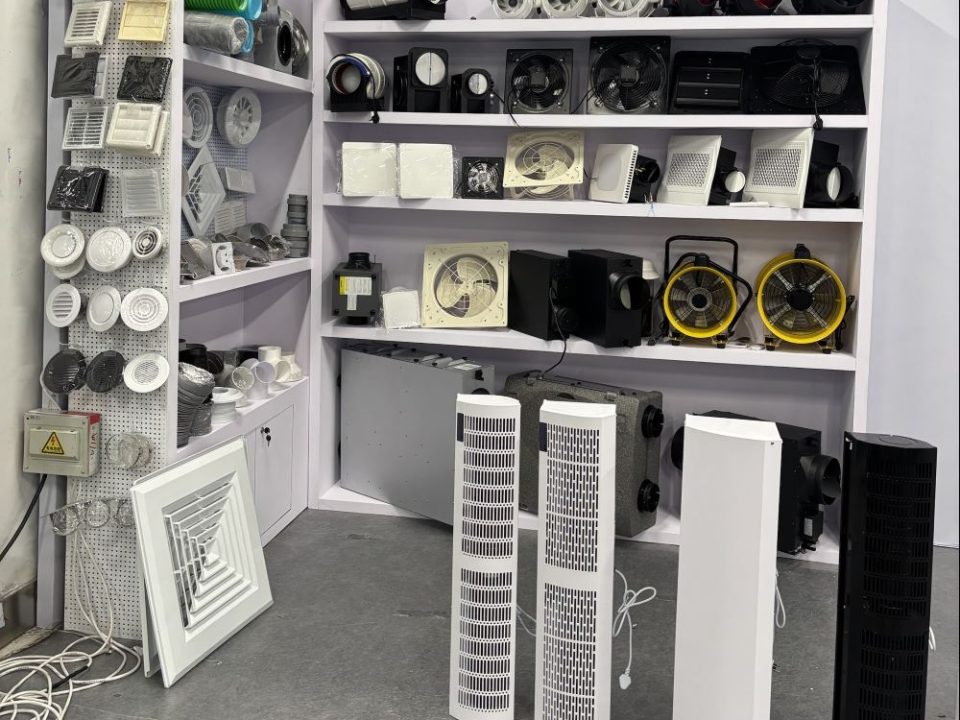High humidity levels in houses can lead to various hazards, affecting both the occupants and the structure itself. Here are some common humidity-related hazards in houses:
Mold and Mildew Growth:
High humidity provides an ideal environment for mold and mildew to thrive. These can grow on walls, ceilings, carpets, and other surfaces, leading to structural damage and health issues.
Structural Damage:
Prolonged exposure to high humidity can lead to structural damage, including wood rot, corrosion of metal components, and degradation of building materials.
Health Issues:
Excessive humidity can contribute to poor indoor air quality, leading to respiratory problems, irritation of the eyes and skin, and exacerbation of existing health conditions.
Reduced Energy Efficiency:
High humidity makes it feel warmer, causing occupants to use air conditioning more frequently.
Unpleasant Odors:
Humid conditions can lead to musty odors caused by mold and mildew growth.
To address these humidity hazards, homeowners should consider implementing effective ventilation and moisture control measures:
- Use dehumidifiers in areas prone to high humidity.
- Ensure proper ventilation in bathrooms, kitchens, and attics.
- Fix leaks promptly to prevent water infiltration.
- Use exhaust fans when cooking or bathing to remove moisture.
- Maintain proper insulation to prevent condensation on surfaces.
Regular monitoring of indoor humidity levels and taking preventive measures can help mitigate these hazards and create a healthier and more comfortable living environment.



